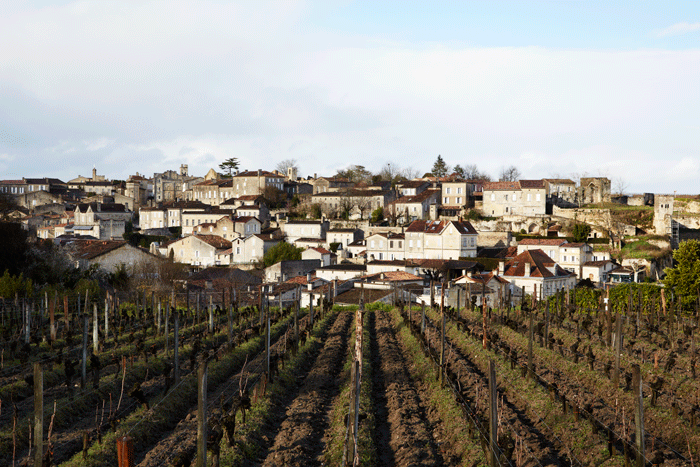Left Bank versus Right Bank Bordeaux – Lunch & Learn 2
Author: Anne McHale MW
Bordeaux is a region known for its range of wine, but is particularly famous for its reds. These come in subtly different styles, all a blend of different grape varieties (the principal two being Cabernet Sauvignon and Merlot). The two best-known styles of Bordeaux red are called Left Bank and Right Bank. Why is this… and how can we tell the difference?
The landscape in Bordeaux is dominated by rivers. The Garonne river lies to the south and the Dordogne to the north; these two then meet to form the Gironde estuary which flows out into the Atlantic ocean. The land to the south and west of the Garonne and Gironde is known as the ‘Left Bank’, whereas the area to the north and east of the Dordogne is known as ‘The Right Bank’. The rivers mark important dividing lines in the region’s underlying geology. Left Banks soils are mainly gravel with some outcrops of clay; Right Bank soils are dominated by clay-limestone.
These differing soil types cater to the needs of different red grape varieties. The Cabernet Sauvignon vine ripens late in the season and needs to remain as warm and dry as possible. Gravel is perfect for this since it is free-draining and its large stones retain heat. The Merlot vine, on the other hand, ripens earlier and likes to be cool and moist – perfect in clay-limestone.
It follows, then, that the majority of plantings on the Left Bank will be Cabernet Sauvignon and on the Right Bank Merlot. How does this affect the style of the wines? Cabernet Sauvignon is a variety with small, thick-skinned grapes, giving a high skin-juice ratio when the grapes are crushed. Since the skins contain the tannins and colour pigments, this means that Cabernet Sauvignon-dominant wines are deeply coloured and very tannic in youth; almost austerely so. They have a distinctive blackcurrant aroma and develop lovely cedary, cigar-box flavours with age. Merlot, on the other hand, has bigger grapes with thinner skins and as a result has lower tannin levels in the wines when young, making them more approachable at an earlier age. It also gives wines with a soft, plummy flavour and some say a ‘voluptuous’ texture which gives a hedonistic feel to Right Bank wines.
So: to summarise, Left Bank wines are mainly Cabernet Sauvignon and will be more tannic and austere when young, but with more ageing potential conferred by the high tannin level. Right Bank wines are mainly Merlot and will usually give more immediate drinking pleasure, but most do not have quite as long a lifespan as their counterparts on the Left Bank. Both, however, are capable of sublime examples and to compare and contrast them directly is a fascinating lesson in the subtleties of great wine.
To learn more about Bordeaux’s breadth, join us at a Lunch & Learn session exploring its various styles on 16th October or 16th December.



